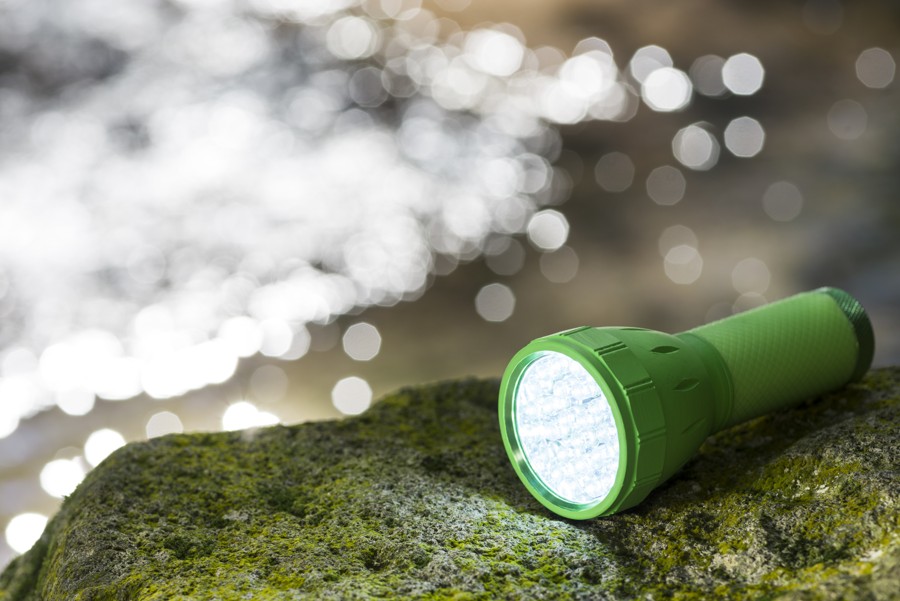Luminous flux
It is denoted by the letter Φ and the unit is lumen (lm). It indicates the luminous energy that the source emits in 1 second; it is a form of power. 1 lm is defined as the luminous flux emitted by a source with a luminous intensity of 1 candela into a solid angle of 1 steradian. For us, it is important that we usually encounter this unit on light bulb packaging. The size of this unit directly tells us how the given light source will shine. Tungsten bulbs had a luminous flux of approximately 13.5 lm/W. LED bulbs have a luminous flux most often 80 lm/W.

Luminous flux is a very important quantity to which we should pay great attention when choosing lighting. One must be careful when selecting bulbs, as some manufacturers provide these values inaccurately. Luminous flux is difficult to measure, which is why the verification of this data is at least challenging. Rely on your subjective impression when choosing.
Offered LED bulbs have the value of the smallest possible luminous flux indicated. Light flux under the worst conditions. For example, a bulb that has a declared luminous flux of 320 lm had a luminous flux of 403 lm in the laboratory. For most available bulbs, there are protocols from light laboratories, which contain absolutely precise information. Therefore, you know what you are buying. The luminous flux is documented by measurement.
Please beware of inaccurate and false data that manufacturers often like to use. Do not buy the cheapest LED light sources! Because of these sources, you will certainly stop trusting LED technology. When choosing, rely on your impression of the light source. Compare multiple brands.
The luminous flux decreases with the age of the bulb. This is nothing new. The luminous flux decreases in almost all lighting source technologies. In compact bulbs, the luminous flux decreases to only 30% of the original value over its lifespan. In LED bulbs, the luminous flux typically decreases to 70% of the original value by the end of its lifespan. However, this does not apply again to the cheapest options.
An LED bulb should not overheat! Temperatures above 70°C already reduce its lifespan. Higher temperatures can be caused by poor bulb design, but also by improper placement. For example, do not use a combination of LED bulbs and other bulbs under one lampshade.

It is also good to find out whether the declared luminous flux is immediately available or whether it turns on gradually. In LED bulbs, full power is available immediately. (In some types of LED bulbs, the bulb may have a slight delay. This delay is caused by their source charging. However, the delay does not exceed 1 s.) In contrast, compact bulbs can take several minutes to start. They are therefore absolutely unsuitable for places where lights are frequently switched on and off. Frequent flickering also significantly reduces their lifespan.
Illumination intensity - Denoted by the letter E. It is actually a part of the luminous flux falling on a surface of some area. The unit is lm*m-2, therefore lux (lx). People often confuse lux and lumen. However, these units are completely different. Illumination intensity depends on the luminous flux of the light source, its emission angle, and the distance of the measured surface from this source. An illumination intensity of 1 lx is caused by a luminous flux of 1 lm evenly distributed over an area of 1 m2.
This unit is also very important. It can also be easily measured using a lux meter. Values of illumination intensity for individual spaces are specified in standards and must be observed.
Color rendering index - It is also a very important value. However, many manufacturers do not mention it at all. It indicates how well we can distinguish colors under this lighting. Ra ranges from 0 to 100. The color rendering index indicates the quality of the emitted light. Do not buy light sources with a color rendering index less than 80. The light will be more natural and pleasant.




























































































































